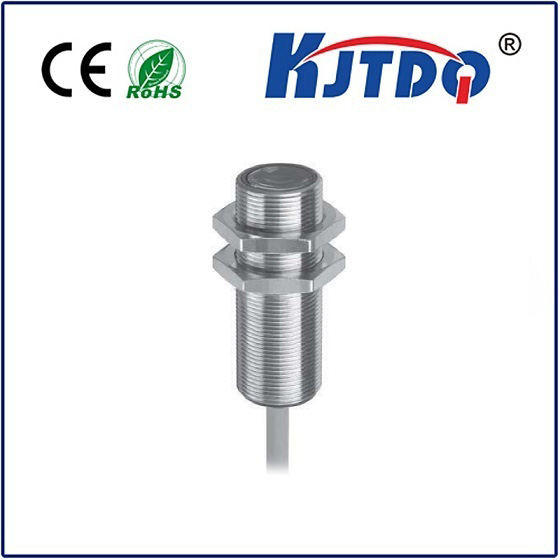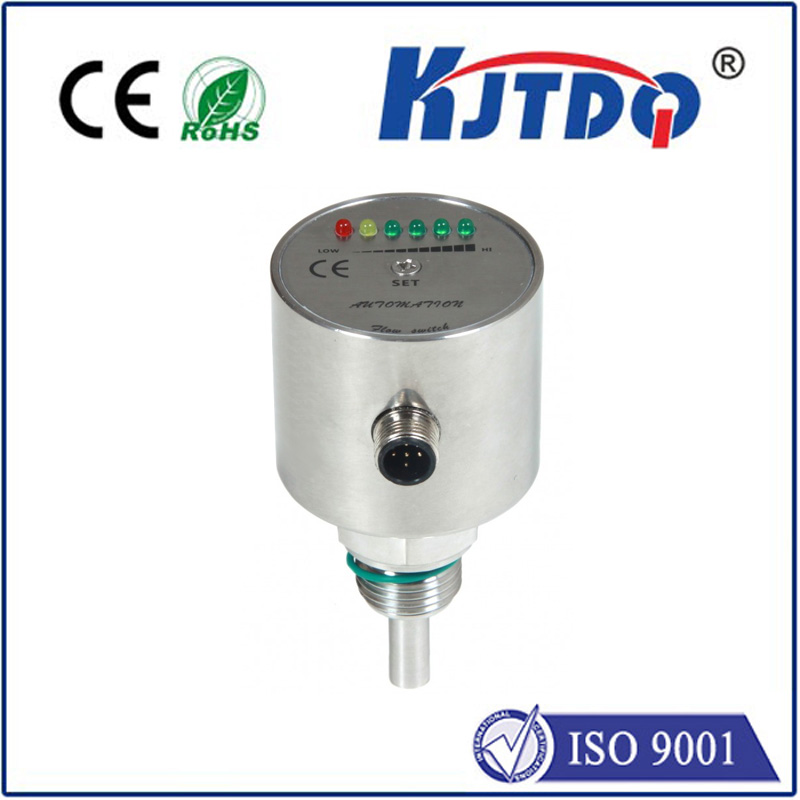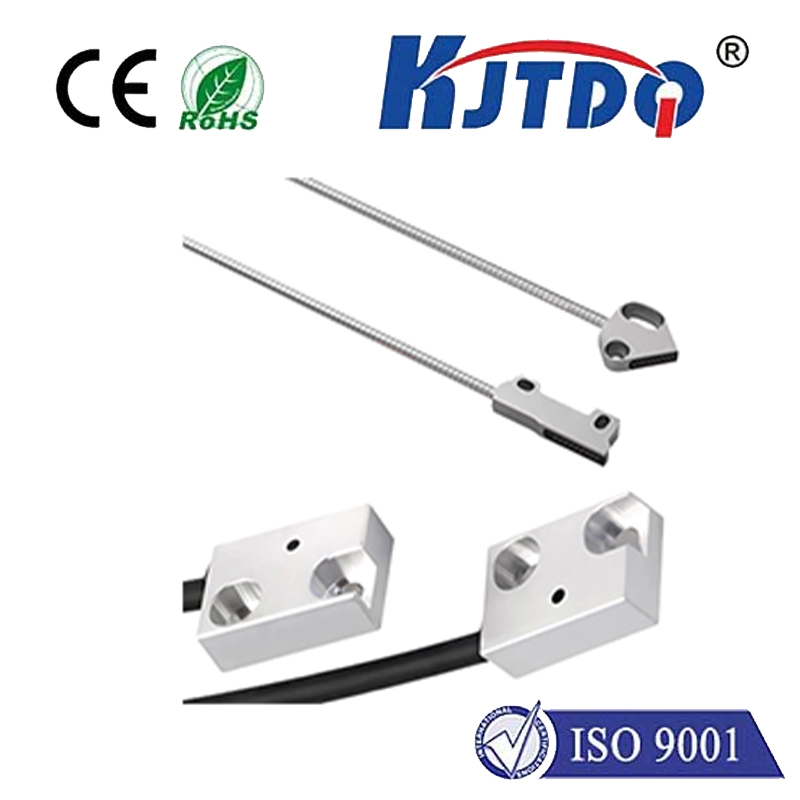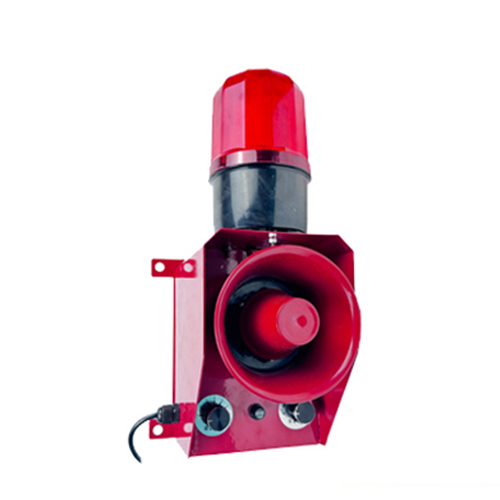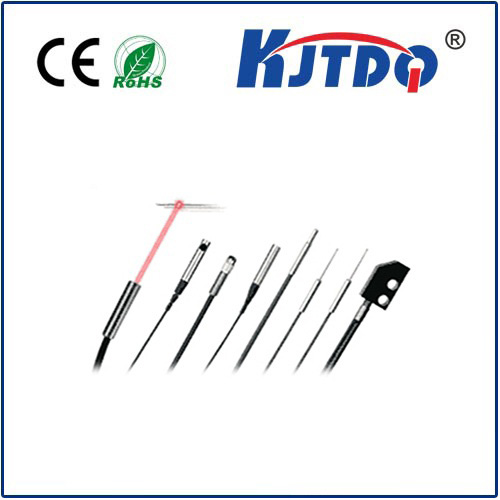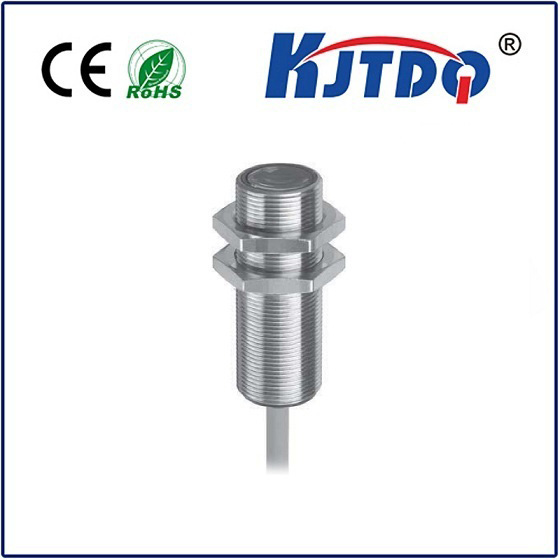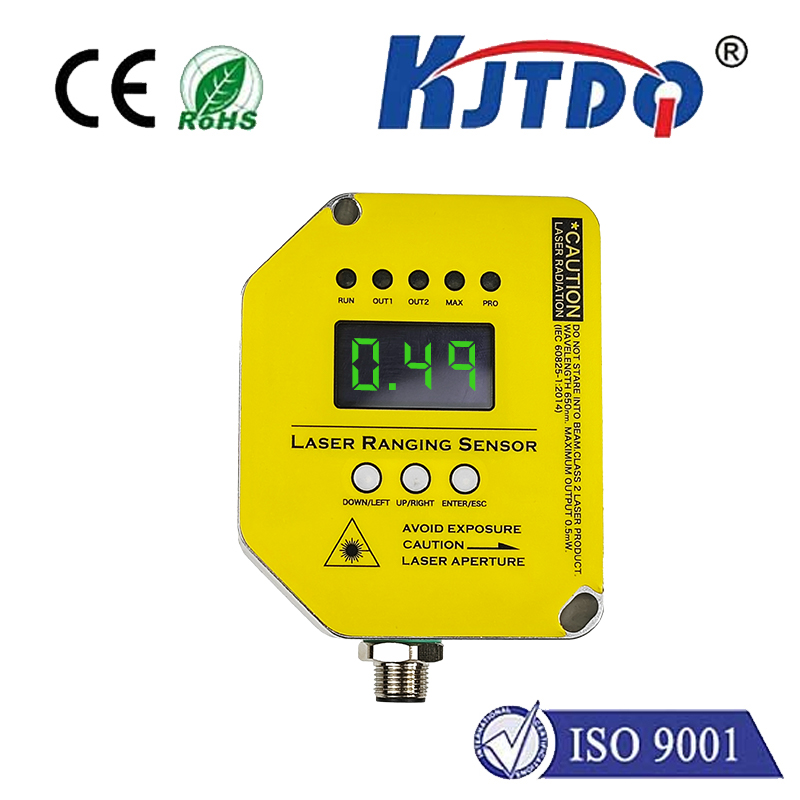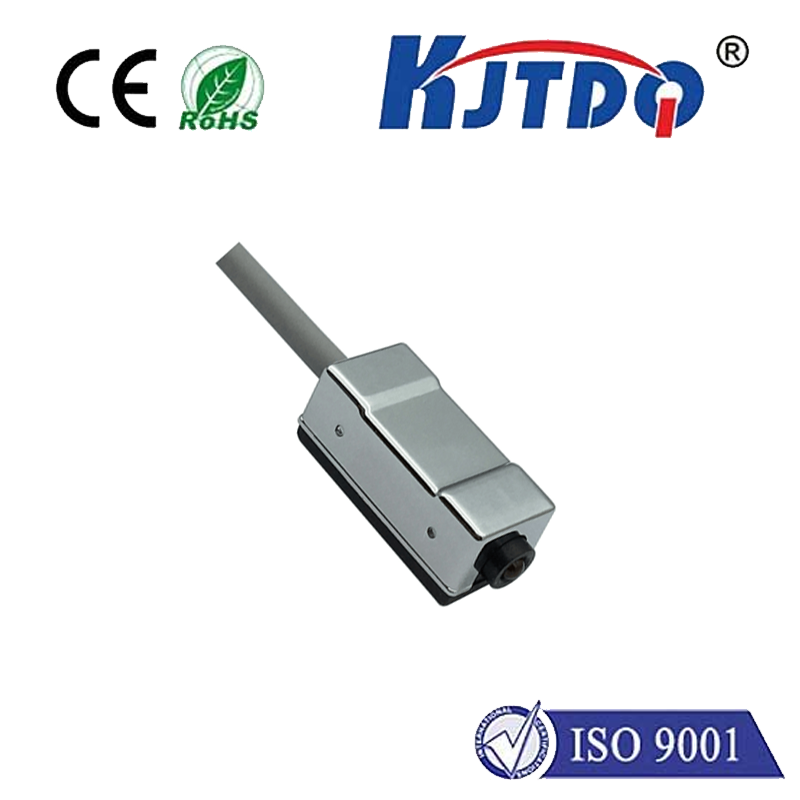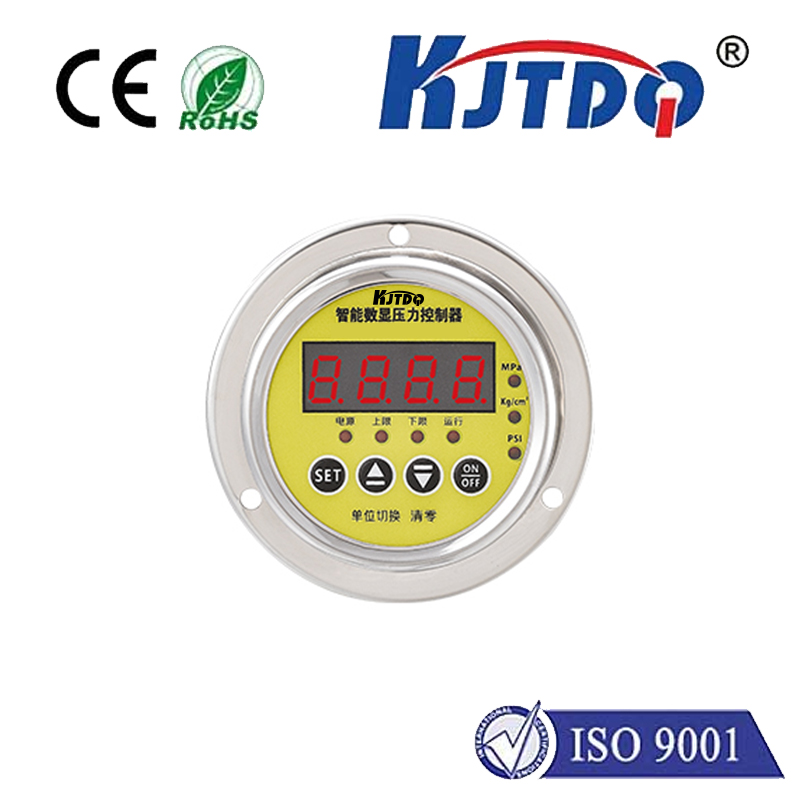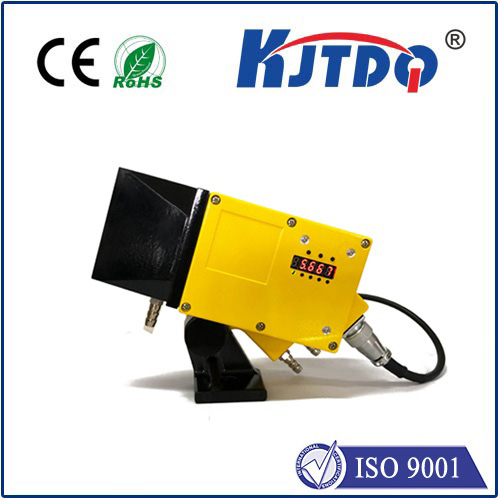IR Radar Sensor: Enhancing Precision and Safety in Modern Systems
In today’s rapidly evolving technological landscape, the integration of advanced sensors has become a cornerstone of innovation across industries. Among these, infrared (IR) radar sensors stand out for their unique capabilities in detecting and measuring objects without direct contact. These sensors are widely used in automotive, aerospace, robotics, and industrial automation, offering a blend of accuracy, reliability, and versatility that makes them indispensable in modern applications.
An IR radar sensor operates by emitting infrared radiation and measuring the reflected signal to determine the position, speed, and distance of objects. Unlike traditional radar systems that rely on microwave frequencies, IR sensors utilize infrared wavelengths, which are more suitable for detecting objects in low-light or nighttime conditions. This makes them particularly valuable in applications such as automotive safety systems, where they can detect pedestrians or obstacles in poor visibility.

One of the key advantages of IR radar sensors is their ability to work in a variety of environmental conditions. Whether it’s a busy urban street or a remote field, these sensors can function effectively, providing real-time data that enhances situational awareness. Their non-contact nature also means they are less prone to mechanical failure and require less maintenance, making them a cost-effective solution for many industries.
In the automotive sector, IR radar sensors are commonly integrated into advanced driver assistance systems (ADAS) to improve safety. For example, they are used in collision avoidance systems to detect obstacles and alert drivers in real time. This not only reduces the risk of accidents but also enhances overall driving experience by providing timely and accurate information.
Beyond automotive applications, IR radar sensors are also crucial in aerospace and robotics. In aircraft, they help monitor the position of other aircraft and terrain, aiding in navigation and avoiding collisions. In robotics, they are used for object detection and navigation in complex environments, enabling autonomous systems to operate more efficiently and safely.
The growing demand for smart and connected systems has further fueled the adoption of IR radar sensors. As industries move towards automation and data-driven decision-making, the need for reliable and precise sensing technologies is increasing. IR radar sensors, with their high accuracy and adaptability, are well-positioned to meet these demands.
As technology continues to advance, the role of IR radar sensors is expected to expand even further. Innovations in sensor design, data processing, and integration with AI systems will continue to enhance their performance and versatility. Whether in the automotive industry, aerospace, or robotics, IR radar sensors remain a vital component of modern systems, offering a reliable and effective solution to a wide range of challenges.
In conclusion, IR radar sensors are not just a technological advancement—they are a fundamental part of the future of smart systems. Their ability to provide accurate, real-time data in diverse environments makes them an essential tool in modern industries. As we move forward, the continued development and integration of these sensors will undoubtedly shape the way we interact with technology and the world around us.
